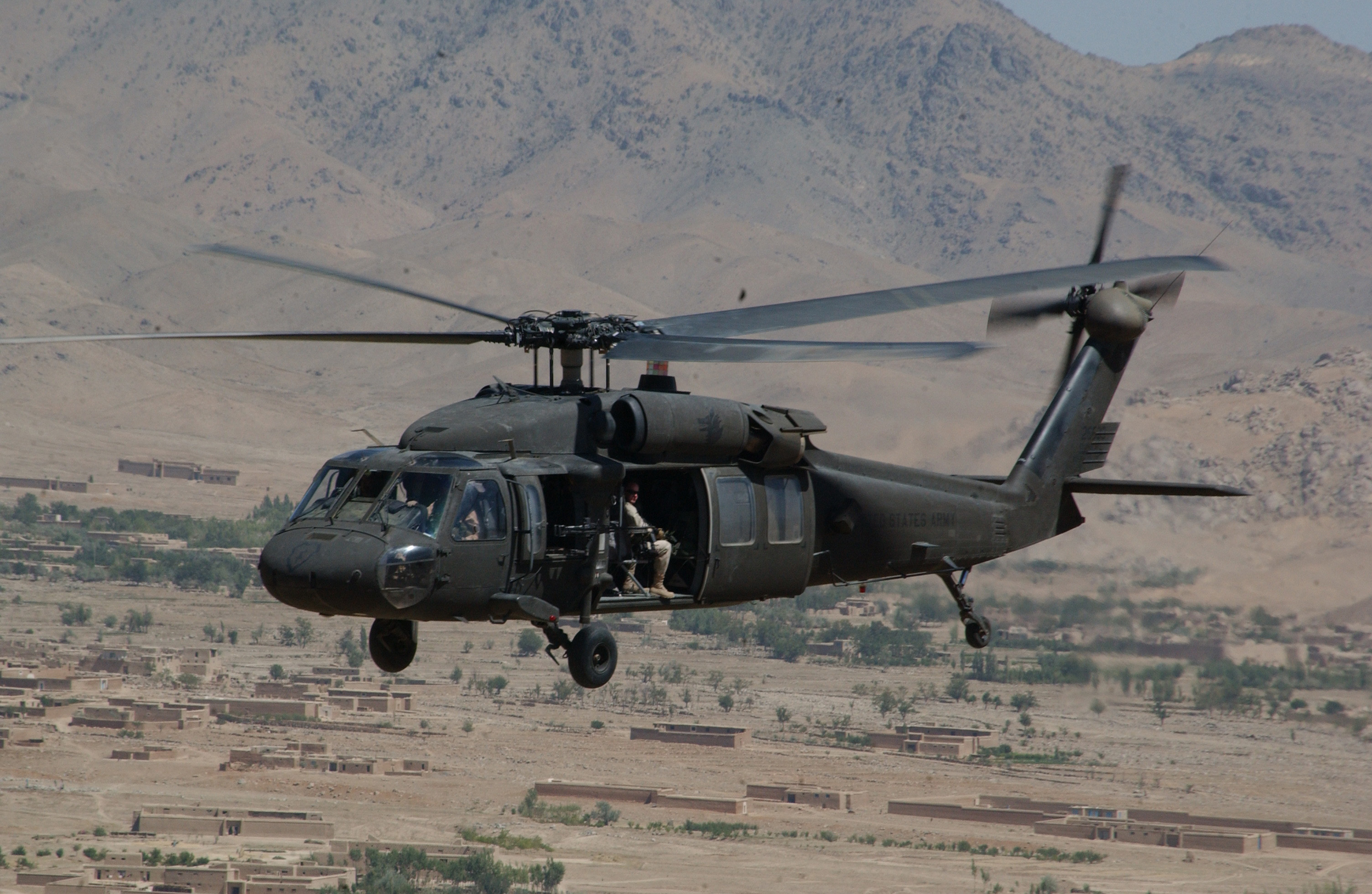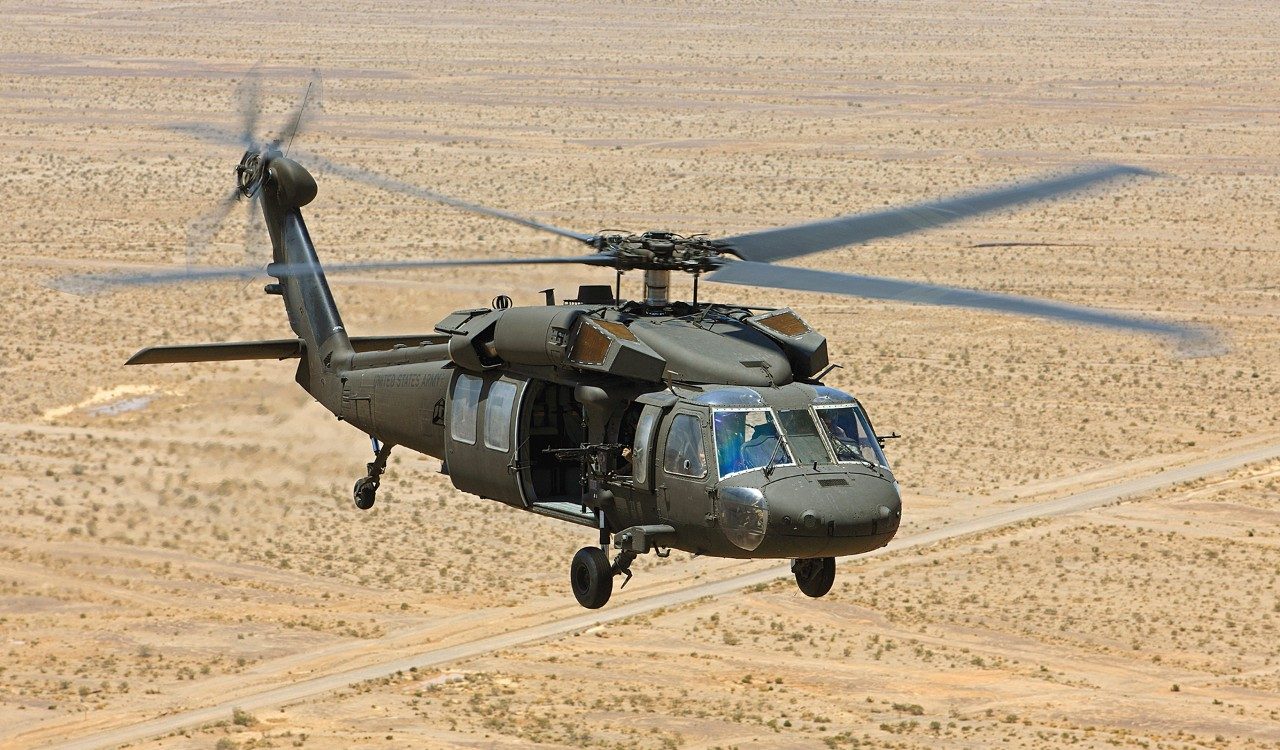UH 60 Helicopter Demystified: A Closer Look at Its Benefits and Core Components
The UH-60 helicopter, commonly shrouded in a shroud of enigma, stands as a powerful airplane with a myriad of advantages that make it an indispensable possession in both armed forces and private operations. From its robust engine and propulsion system to its intricate avionics and interaction tools, the UH-60 is a wonder of contemporary design.
Advantages of UH-60 Helicopter
The UH-60 helicopter sticks out for its extraordinary convenience and dependability in a vast array of missions. Among its key advantages is its ability to adjust to various duties, such as army transportation, medical discharge, search and rescue, and battle support. This versatility makes it a valuable property to military pressures worldwide. An additional benefit of the UH-60 is its remarkable performance abilities. With a leading speed of over 150 knots and a variety of roughly 320 nautical miles, the UH-60 can swiftly carry personnel and tools over cross countries. In addition, its innovative avionics and navigating systems enhance situational understanding, allowing pilots to operate securely in diverse settings, including adverse weather condition problems and rough surfaces. Additionally, the UH-60's long lasting construction and effective engines add to its integrity, making sure that it can successfully carry out missions in also the most difficult conditions. Overall, the UH-60 helicopter's adaptability, performance, and reliability make it a favored selection for a large range of functional requirements.

Engine and Propulsion System
Engineered to drive the UH-60 helicopter via the skies with precision and power, the engine and propulsion system create an important component of its functional effectiveness. The UH-60 is powered by two General Electric T700-GE-701D engines, each qualified of supplying up to 1,890 shaft horsepower. This engine arrangement not just offers the required thrust for the helicopter's lift and onward movement however additionally makes certain redundancy for safety and security in case one engine fails. The UH-60's propulsion system includes a four-bladed primary rotor system and a tail blades, which work in tandem to supply stability, maneuverability, and control during flight. The main blades produces lift, while the tail rotor neutralizes the torque generated by the major rotor to avoid the helicopter from rotating frantically. Together, the engine and propulsion system enable the UH-60 to execute a variety of missions, consisting of troop transportation, clinical emptying, and search and rescue procedures, with dependability and efficiency.

Avionics and Interaction Equipment
Avionics and communication tools play a critical duty in improving the functional capacities and situational recognition of the UH-60 helicopter. uh-60 blackhawk. The UH-60 is furnished with sophisticated avionics systems that include digital screens, communication radios, navigation systems, and mission-specific tools. These systems supply the aircrew with crucial details such as aircraft performance information, navigation guidance, climate updates, and interaction channels to connect with ground control and various other airplane
One trick component of the avionics collection is the Multi-Function Display (MFD), which settles crucial flight info onto a solitary screen, decreasing the pilot's work and enhancing situational recognition. The UH-60 also includes an advanced communication system that permits seamless coordination between crew members and external companies.
In addition, the helicopter is equipped with radar systems for terrain mapping and hazard read what he said discovery, boosting its capacity to run in diverse environments. Generally, the integration of advanced avionics and communication tools makes sure that the UH-60 continues to be a very capable and reliable platform for a vast array of objectives.
Structural Style and Materials
Integrating innovative materials and innovative design techniques, the architectural honesty of the UH-60 helicopter is maximized for efficiency and sturdiness. The UH-60's airframe is mainly created from lightweight yet durable products such as light weight aluminum and compound fibers. These materials supply a high strength-to-weight proportion, crucial for making sure the helicopter's ability to move and structural durability during trip operations.
The helicopter's major rotor blades are normally made from composite products, giving boosted stamina and exhaustion resistance contrasted to traditional steel blades (uh-60 blackhawk). This layout selection adds to boosted aerodynamic performance and minimizes maintenance demands in time

Role in Military and Private Citizen Operations
The architectural design and materials of the UH-60 helicopter play a pivotal function in establishing its performance and versatility in both military and private operations. In military setups, the UH-60, likewise recognized as the Black Hawk, offers a article wide variety of crucial functions. It is made use of for troop transportation, clinical evacuation, battle assistance, search and rescue missions, and special procedures insertion and removal. The helicopter's dexterity, speed, and ability to run in diverse environments make it a crucial property for military pressures around the globe.
In civilian operations, the UH-60 is typically used for emergency situation medical services, firefighting, police assistance, disaster relief efforts, and search and rescue missions. Its ability to promptly move personnel and you can find out more cargo to remote or otherwise unattainable locations has shown crucial in conserving lives and giving essential support throughout emergencies. The UH-60's integrity and versatility make it a preferred option for different noncombatant organizations looking for reliable and trustworthy airborne assistance.
Final Thought
